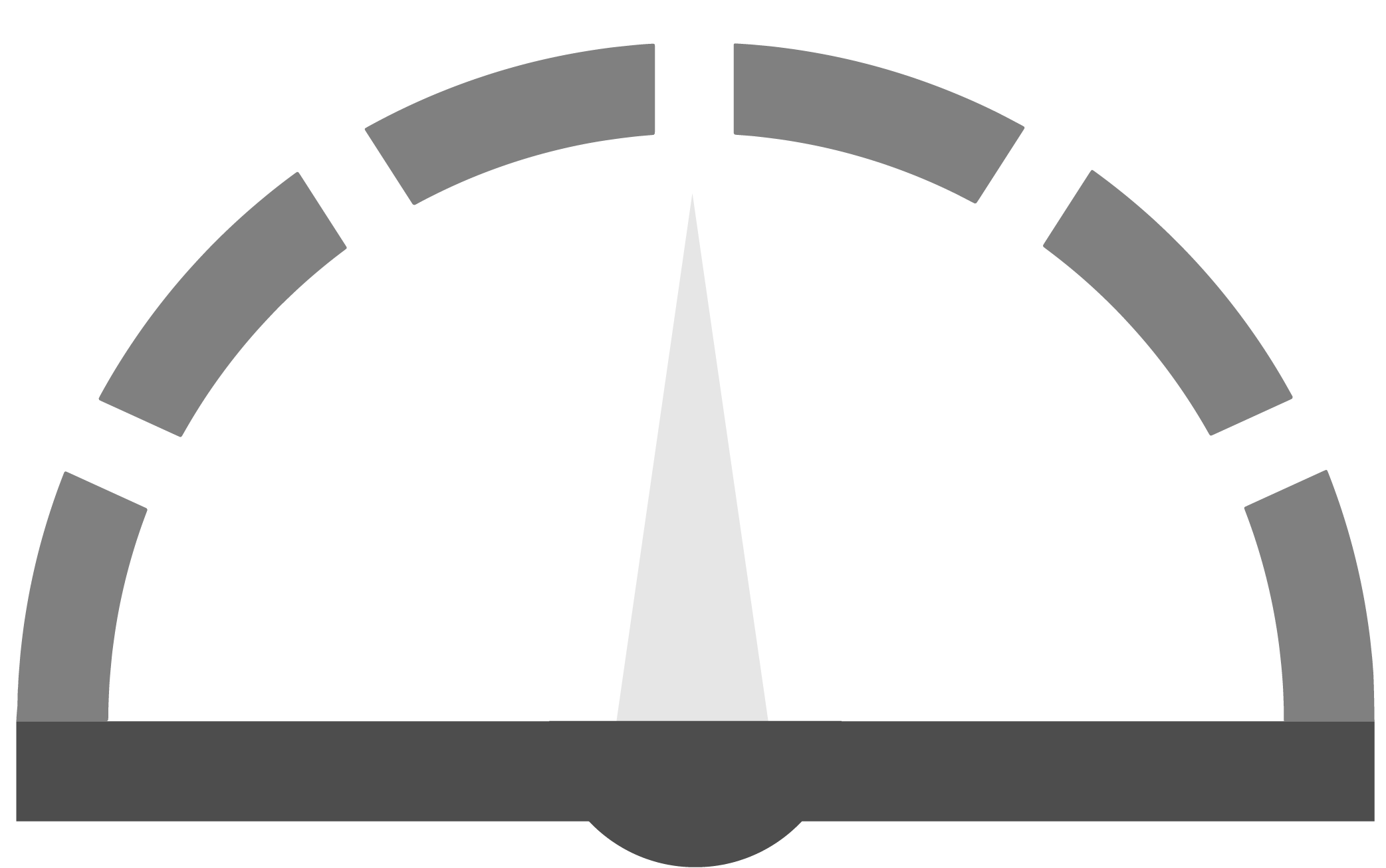
Agricultural and fish products inspectors
inspect agricultural and fish products for conformity to prescribed production, storage and transportation standards.
On This Page
Full NOC Description
Agricultural and fish products inspectors inspect agricultural and fish products for conformity to prescribed production, storage and transportation standards. They are employed by government departments and agencies and by private sector food processing companies. Supervisors of agricultural and fish products inspectors are also included in this unit group.
Main Duties
This group performs some or all of the following duties:
Fish and fish products inspectors
- Inspect fish, fish products, fish handling and processing methods and prepare reports and ensure that regulations are followed.
Fruit and vegetables inspectors
- Inspect fresh and frozen fruit and vegetables at inspection centres and prepare reports on crop production and market conditions.
Grain inspectors
- Inspect and grade all classes of grain at terminal elevators, monitor the fumigation of infested grain, and examine storage, handling and transportation equipment to ensure that sanitary procedures are followed.
Meat inspectors
- Monitor the operations and sanitary conditions of slaughtering and meat processing plants and inspect carcasses to ensure they are fit for human consumption.
Plant protection inspectors
- Certify seed crops, oversee the quarantine, treatment or destruction of plants and plant products, and the fumigation of plants and plant product imports and exports.
Also Known As
- agricultural products inspection supervisor
- agricultural products inspector
- crop certification inspector
- dairy products inspector
- fish inspector
Employment Requirements
- Completion of secondary school is required.
- Government inspectors usually require a bachelor's degree or college diploma in agriculture, biology, chemistry, food processing technology or a related discipline.
- Inspectors (other than government) may require a bachelor's degree or college diploma in a related discipline.
- Several years of experience in agricultural production or fish processing are usually required.
- Completion of in-house training courses is required.
Provincial Regulation
Not Provincially Regulated
The following graph shows the percentage of men and women working in this occupation in New Brunswick.
Data legend
The following graph shows the breakdown of all persons working in this occupation in New Brunswick by age group.
Data legend
The following graph shows the breakdown of all persons working in this occupation in New Brunswick by highest level of education achieved.
Data legend
The following graph shows the industry groups in which the largest shares of persons working in this occupation in New Brunswick are employed. Small percentages for all top three industry groups may suggest employment for this occupation is widely distributed amongst many industry groups.
Data legend
The following graph shows the breakdown of all persons employed in this occupation in New Brunswick by which economic region they reside in.
Data legend

Economic Regions
The following map displays New Brunswick’s five economic regions. An economic region (ER) is a grouping of counties, created as a standard unit for analysis of regional economic activity across Canada.
The following graph shows the average salary of all persons employed in this occupation in each of New Brunswick’s five economic regions.
Data legend

Economic Regions
The following map displays New Brunswick’s five economic regions. An economic region (ER) is a grouping of counties, created as a standard unit for analysis of regional economic activity across Canada.
The following represents the median hourly wage of all persons employed in this occupation in each of New Brunswick’s five economic regions.
The following shows the average salary of everyone who worked full-time and year-round in this occupation across each of the Atlantic Provinces and nationally.
The following represents the number of job openings that are expected to occur in this occupation over the next three and ten years respectively, broken down by openings expected to result from growth (“new jobs”) and openings expected to result from attrition (death and retirements).


Share this page
No endorsement of any products or services is expressed or implied.